Paris’ 5th & 6th Arrondissements : What to See, Eat & Experience
My Personal Guide to the 5th & 6th Arrondissements
The 5th and 6th arrondissements of Paris are among the most charming and culturally rich neighborhoods in the city. Nestled on the Left Bank of the Seine, these districts embody the essence of Parisian history, intellect, and artistic life. From the cobbled streets of the Latin Quarter to the elegant cafés of Saint-Germain-des-Prés, this area has long been a haven for writers, philosophers, artists, and revolutionaries. It is home to some of Paris’ most iconic landmarks, including the Panthéon, the Luxembourg Garden, the Sorbonne, and the Catacombs. As well as literary institutions, historic cafés, and vibrant art scenes that have shaped France’s cultural identity.
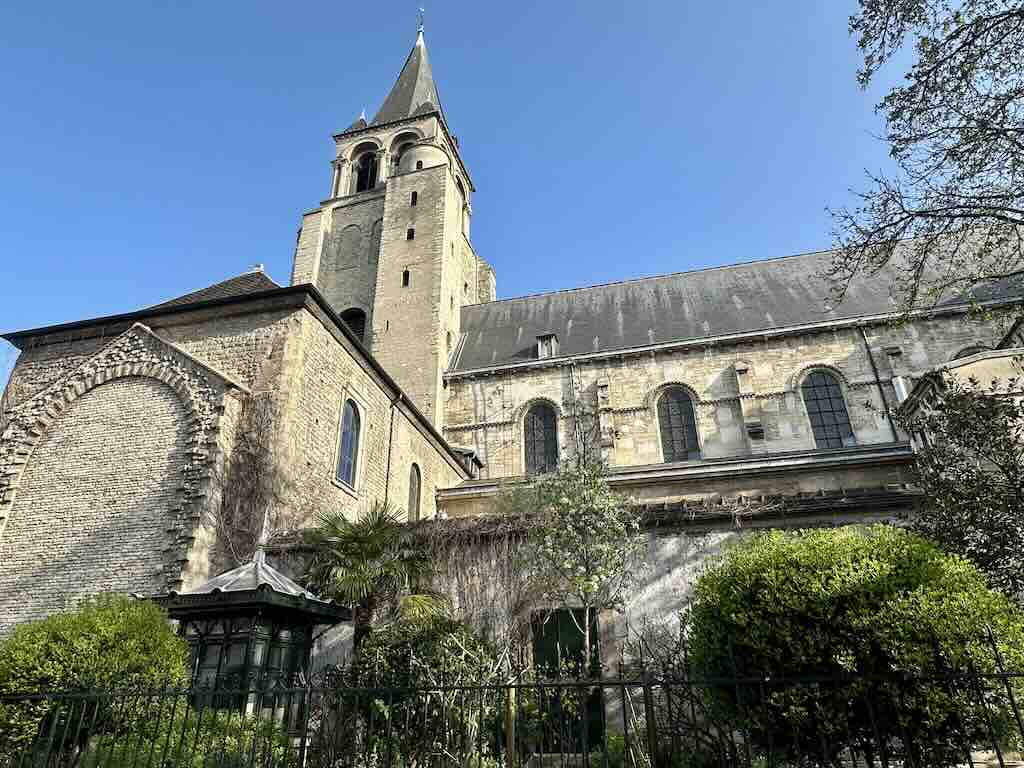
Growing Up in the Heart of Paris
For me, these neighborhoods hold a deeply personal significance. I was indeed raised in the 6th arrondissement until I turned 18, And all the schools I attended until graduation were around Luxembourg Garden, making it a central part of my daily life.. My elementary school was located on Rue de Vaugirard, and later on Rue Madame, close to Saint Sulpice. I then continued my education at Lycée Montaigne, and finally at the prestigious Lycée Louis-le-Grand in the 5th arrondissement. Walking through the Luxembourg Garden to reach school was part of my daily routine. But it was also an immersion in the very atmosphere that make this part of Paris so special.
For visitors, exploring the 5th and 6th arrondissements offers a unique opportunity to experience the old-world charm of Paris mixed with a contemporary and intellectual vibrancy.
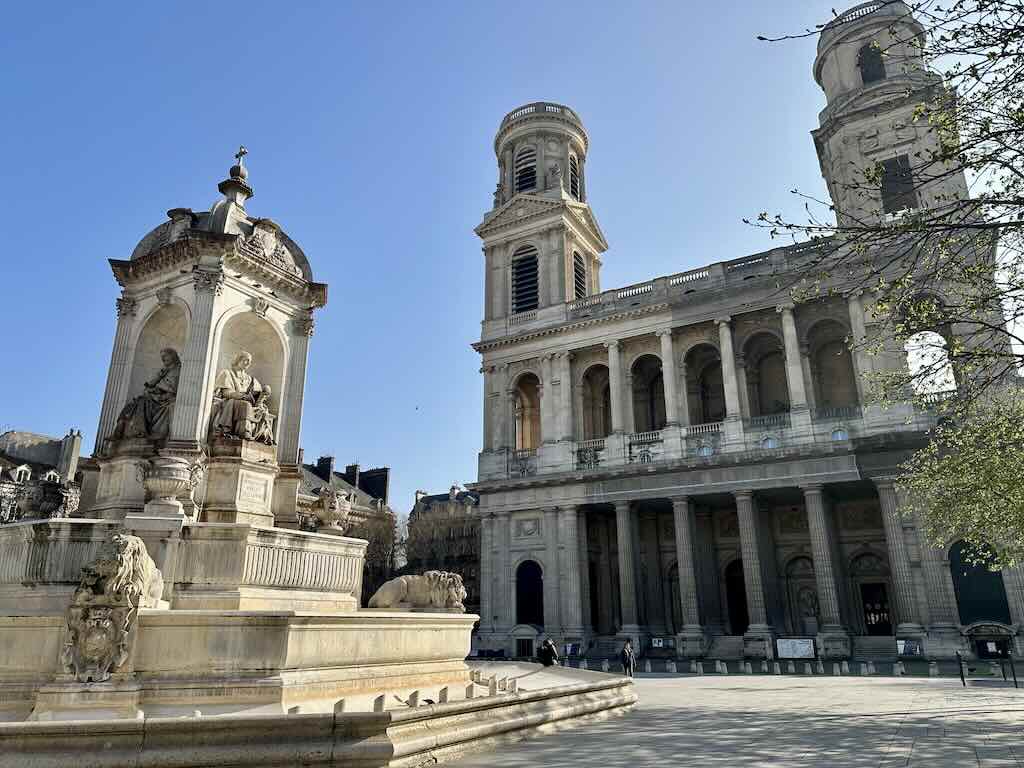
The Latin Quarter & Its Historic Legacy (5th Arrondissement)
The Latin Quarter is one of the oldest and most intellectually vibrant areas of Paris. Named for the Latin language once spoken by scholars and students in the area, it has been the intellectual heart of the city for centuries. This historic neighborhood is home to prestigious universities and medieval streets. And also landmarks that tell the story of Paris’ cultural and academic evolution.
Panthéon Paris – A Monument to Great Minds
Standing atop Montagne Sainte-Geneviève, the Panthéon is one of the most significant neoclassical monuments in Paris. Originally built as a church dedicated to Sainte-Geneviève, the patron saint of Paris, it was later repurposed as a mausoleum for France’s greatest thinkers, writers, and scientists. Here lie Voltaire, Rousseau, Victor Hugo, Émile Zola, Marie Curie, Alexandre Dumas. And many others whose legacies have shaped French history. The massive dome of the Panthéon also offers one of the most breathtaking panoramic views of the city.
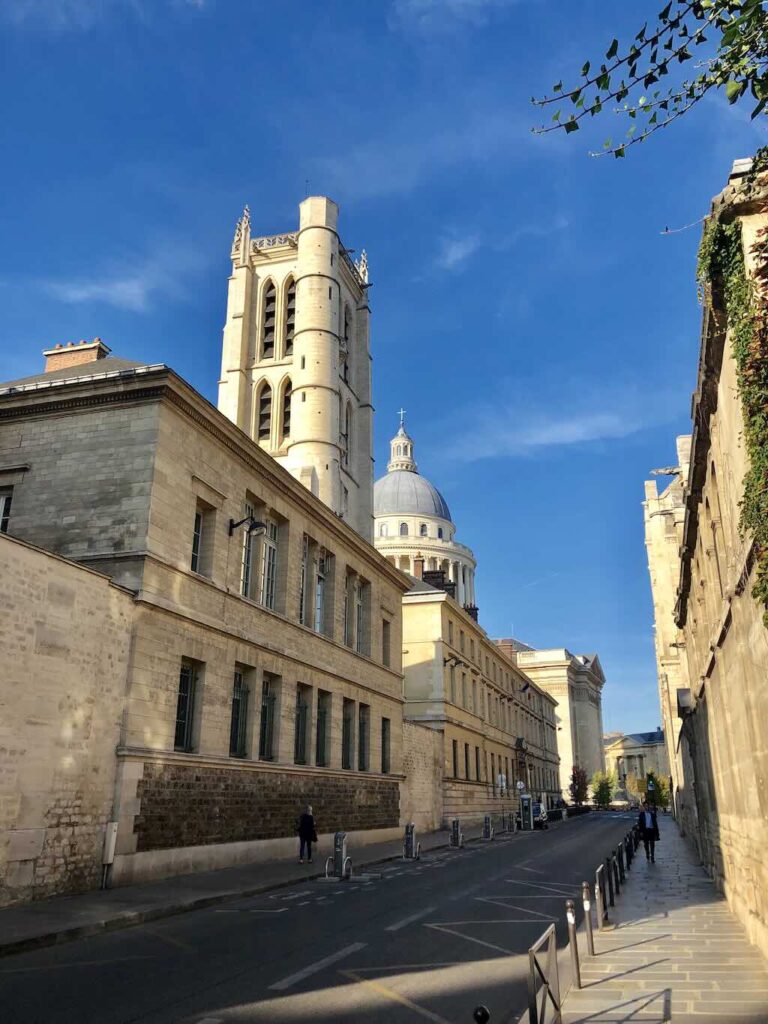
Sorbonne University – The Heart of Parisian Intellectual Life
Founded in 1257, the Sorbonne is one of the oldest and most prestigious universities in Europe. It has played a key role in shaping French education and remains an important center for philosophy, literature, and science. Over the centuries, its halls have been graced by some of history’s most influential minds, from René Descartes to Simone de Beauvoir. Today, the Sorbonne’s grand lecture halls, historic libraries, and lively student cafés make it a must-visit. Especially for those wanting to experience the scholarly atmosphere of Paris.
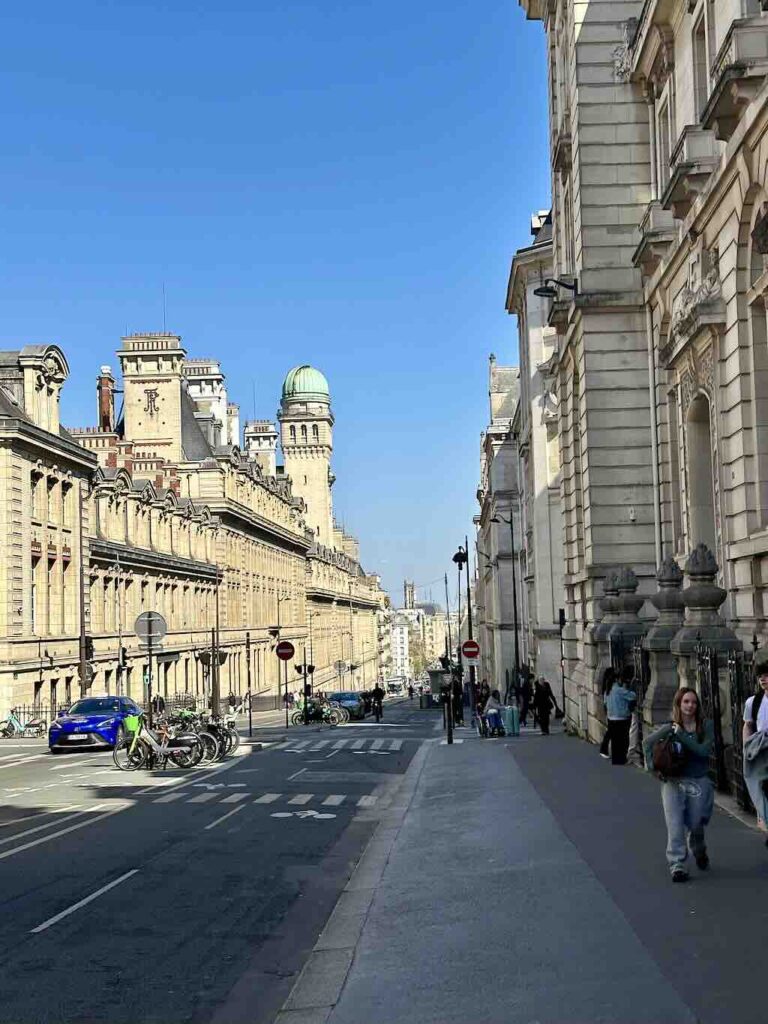
Cluny Museum (Musée de Cluny) – Medieval Paris Preserved
For those fascinated by medieval art and history, the Musée de Cluny is a hidden gem. Housed in a 15th-century mansion built over the ruins of ancient Roman baths, the museum boasts a remarkable collection of medieval artifacts. Its most famous exhibit is the “Lady and the Unicorn” tapestry series, considered one of the greatest masterpieces of medieval art. Walking through the museum, you can also explore well-preserved Roman bath ruins, offering a rare glimpse into the Paris of antiquity.
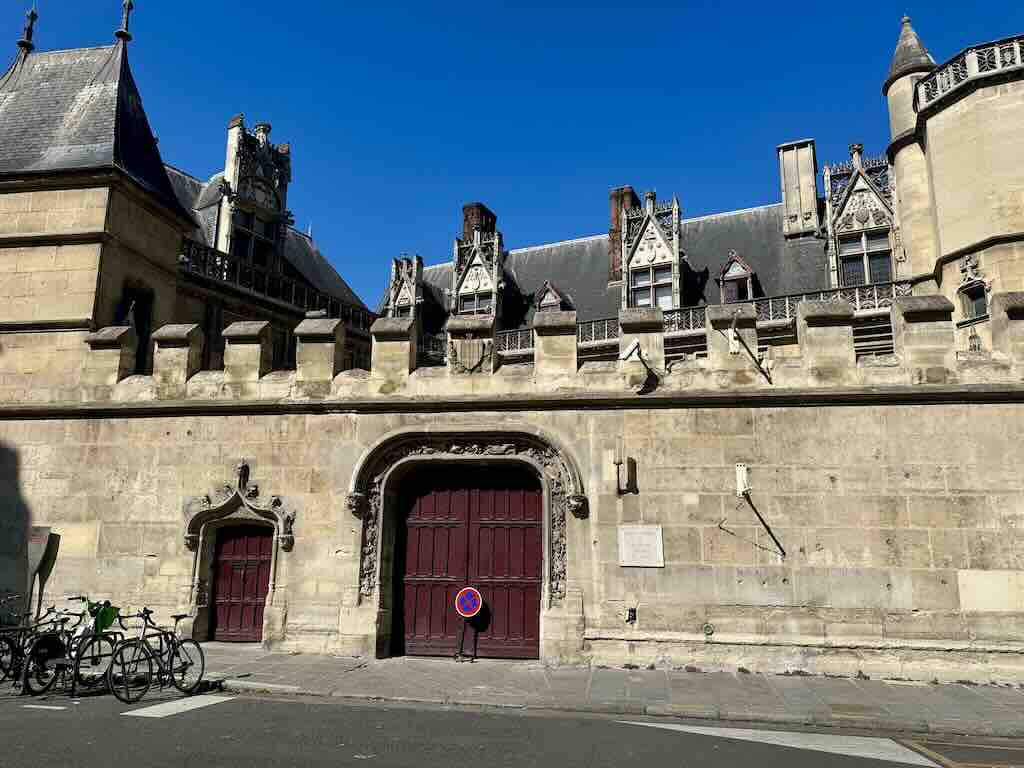
Jardin des Plantes – Paris’ Botanical Wonderland
The Jardin des Plantes is the oldest botanical garden in France, founded in 1626. Originally a royal medicinal garden, it has since evolved into a stunning green space with over 10,000 plant species. The garden is also home to the Natural History Museum and greenhouses filled with exotic plants. Jardin des Plantes offers a refreshing escape from the city’s bustling streets.
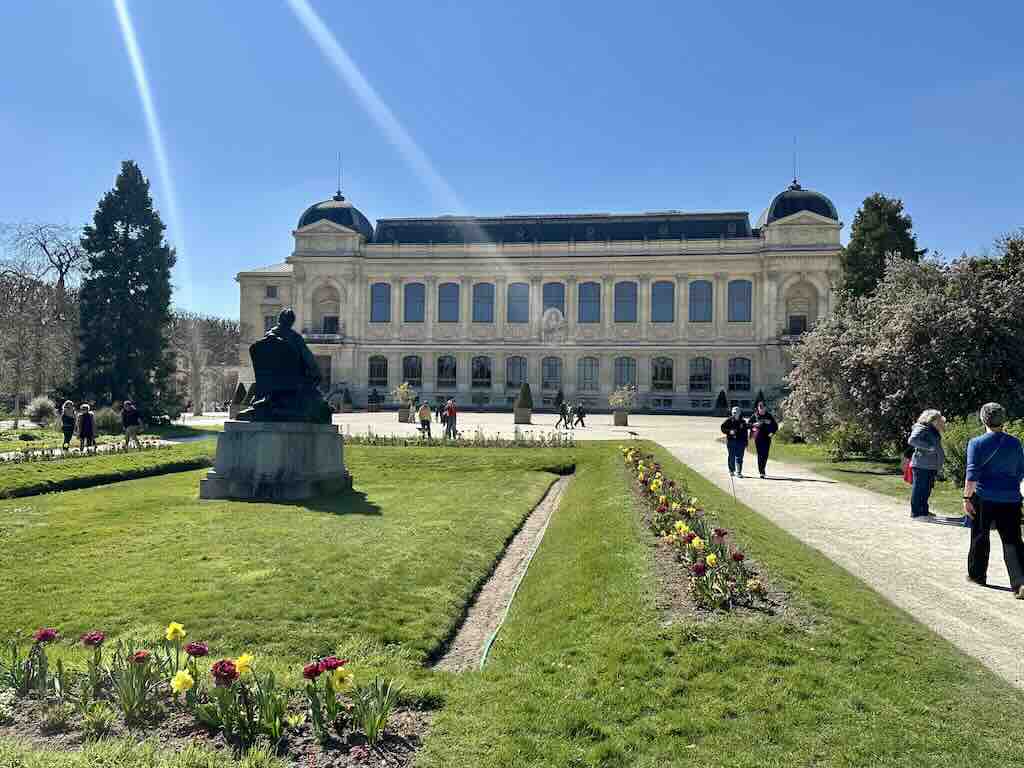
Mosquée de Paris
The Mosquée de Paris, located next to Jardin des Plantes, is one of the largest and oldest mosques in France. Built in 1926 as a tribute to Muslim soldiers who fought for France during World War I, it features stunning Moorish architecture, intricate mosaics, and a peaceful courtyard with a fountain. Beyond its religious significance, the mosque is also known for its traditional hammam, tea room, and restaurant, where visitors can enjoy authentic North African cuisine. It stands as a cultural and spiritual landmark in the heart of Paris.
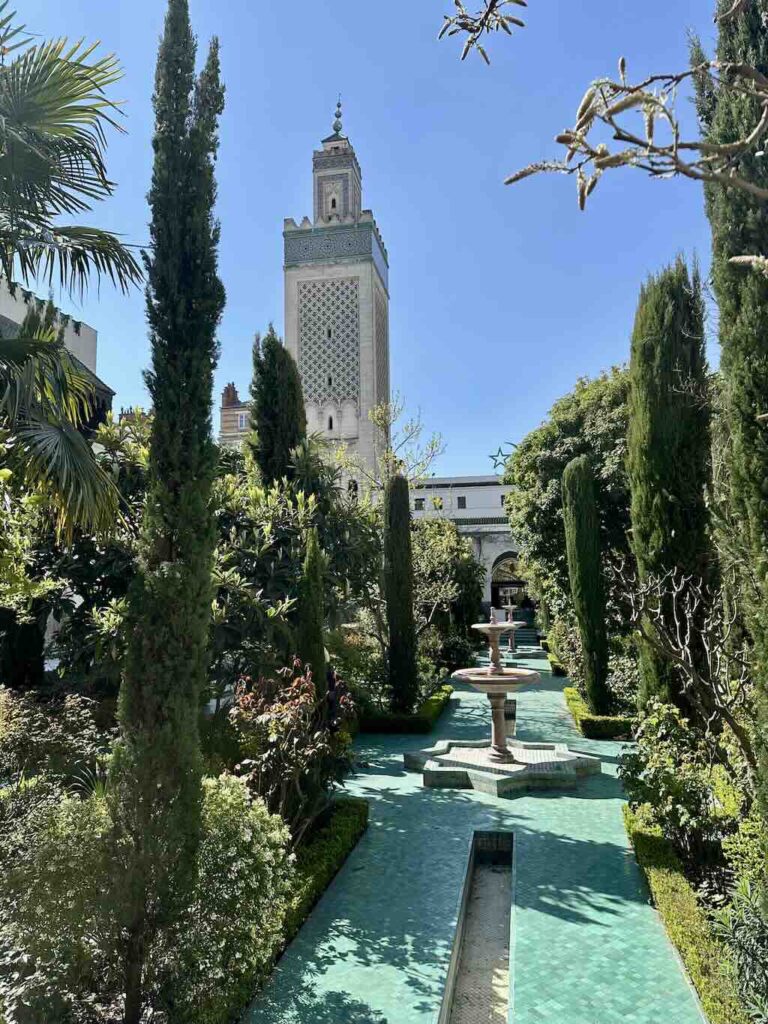
Luxembourg Garden: The Green Heart of Paris (6th Arrondissement)
Nestled between Saint-Germain-des-Prés and the Latin Quarter, the Jardin du Luxembourg is one of Paris’ most beloved parks. Spread over 23 hectares (56 acres), it is a perfect blend of formal French gardens, romantic English landscaping, and shaded promenades. It is indeed an ideal place for a leisurely stroll, a peaceful picnic, or simply people-watching on a sunny afternoon.
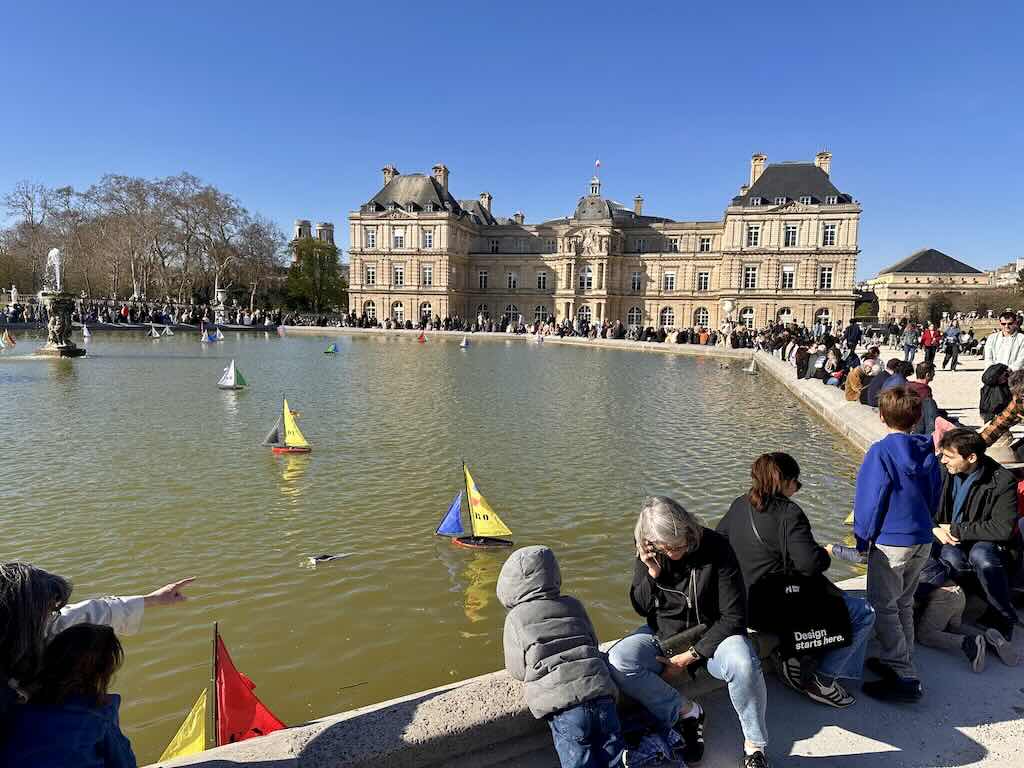
A Historic and Elegant Oasis
Commissioned in 1612 by Queen Marie de’ Medici, the widow of King Henry IV, the Jardin du Luxembourg was inspired by the Boboli Gardens in Florence. Over the centuries, it has evolved into a symbol of Parisian elegance, attracting writers, artists, students, and tourists alike. With its tree-lined alleys, vibrant flower beds, statues, and fountains, the garden offers an idyllic retreat in the heart of the Left Bank. I remember spending countless hours here as a child, and one school assignment in particular stands out. I had to make a list of every statue in the garden. And believe me, there are a lot!
The Medici Fountain – A Romantic Gem
One of the most picturesque corners of the garden, the Medici Fountain is a hidden romantic gem. It is often framed by overhanging trees and the gentle ripples of the water. Originally built in the 17th century and later renovated in the 19th century, this ornate fountain features a statue of mythological figures, adding to its dreamy and poetic atmosphere. It is a favorite spot for reading, quiet reflection, or capturing beautiful photos.
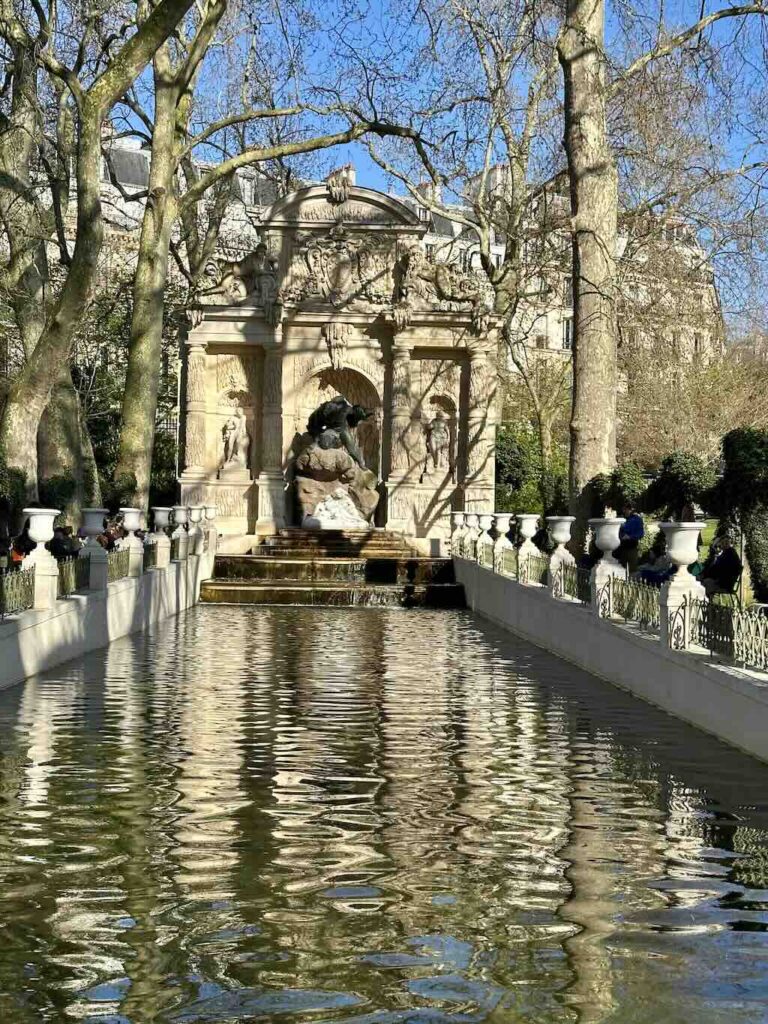
Palais du Luxembourg – A Seat of Power
Overlooking the gardens, the Palais du Luxembourg is one of Paris’ most striking historical buildings. Originally built as a royal residence for Marie de’ Medici, it now serves as the home of the French Senate. While the palace itself is not open to the public, visitors can admire its grand architecture. Occasionally, special events and exhibitions allow access to parts of the palace, offering a rare glimpse into France’s political heart.
Pantheon
The Panthéon in Paris, near the Luxembourg Gardens, is a grand neoclassical monument in the Latin Quarter. Originally a church, it now serves as a mausoleum for French luminaries like Voltaire, Rousseau, Victor Hugo, and Marie Curie. Designed by Jacques-Germain Soufflot, it features an iconic dome and houses Foucault’s Pendulum, demonstrating Earth’s rotation. Overlooking the city, the Panthéon is a symbol of French history and achievement.
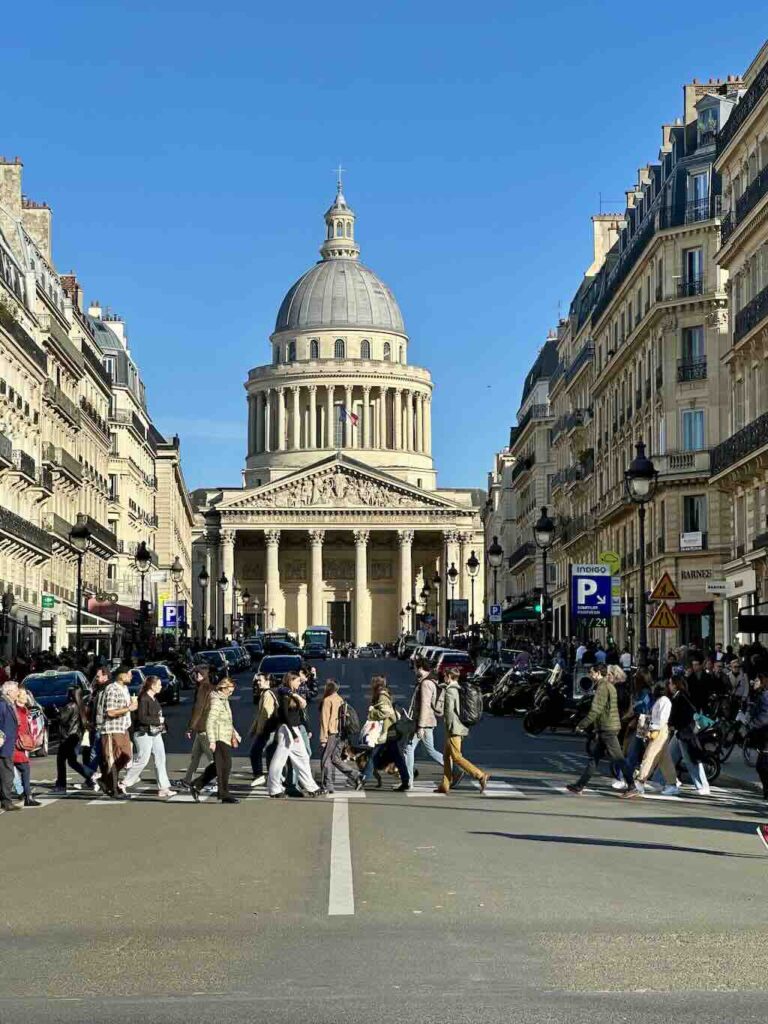
A Haven for Parisians and Visitors Alike
The Jardin du Luxembourg is more than just a park—it’s a cultural and social hub. Families gather around the historic pond, where children sail wooden toy boats, a tradition that has delighted generations. The park is dotted with chess tables, pétanque courts, and playgrounds. In spring or summer, many Parisians relax on the famous green chairs, soaking in the serene atmosphere. Seasonal flower displays, art exhibitions, and even occasional open-air concerts make the garden a lively yet peaceful retreat. You will also see many influencers trying to get the best selfie.
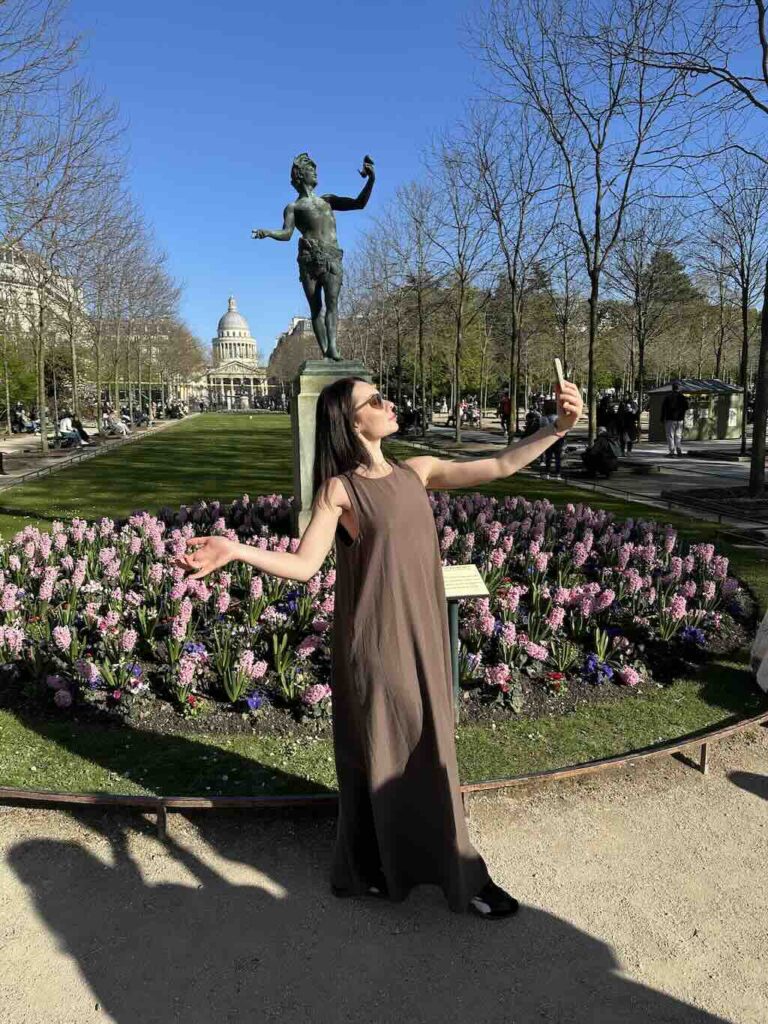
The Perfect Place to Unwind
Whether you’re enjoying a picnic under the shade of a chestnut tree, admiring sculptures of French queens, or simply savoring the tranquility, Jardin du Luxembourg embodies the timeless beauty of Paris. It remains a must-visit destination, offering a perfect blend of history, nature, and elegance in the heart of the 6th arrondissement.
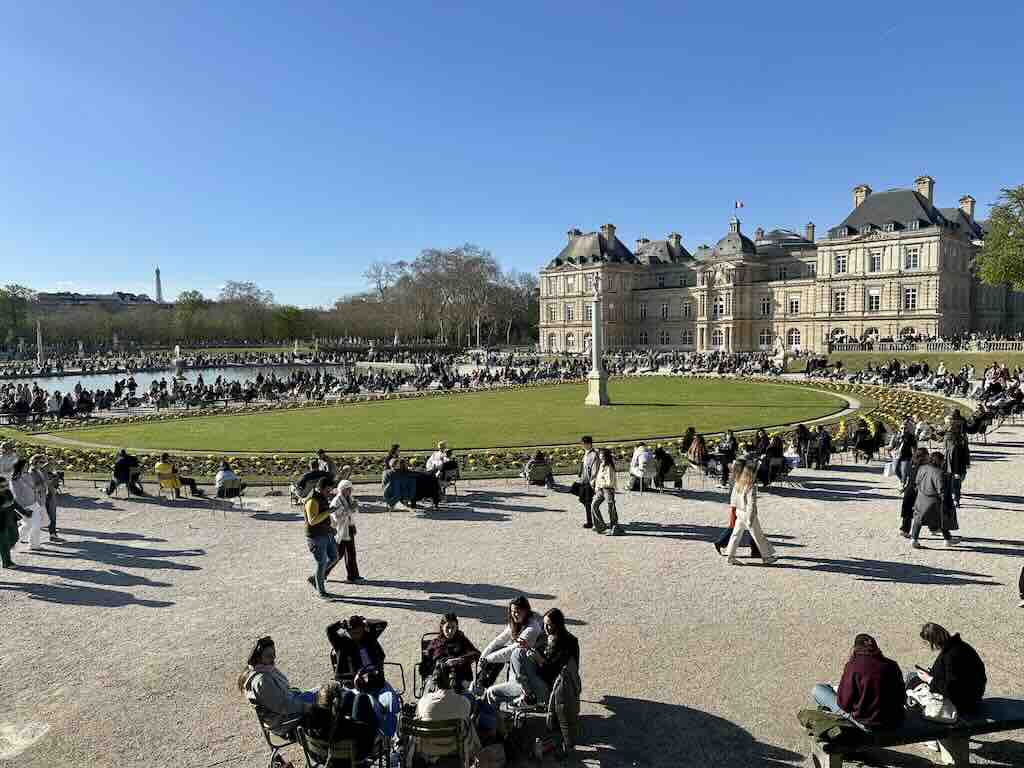
Saint-Germain-des-Prés: Art, Literature & Café Culture (6th Arrondissement)
A Historic Hub of Intellectual and Artistic Life
Saint-Germain-des-Prés is one of Paris’ most iconic neighborhoods, known for its rich intellectual, literary, and artistic history. Walking through its charming streets, you can still feel the echoes of its bohemian past, as it remains a cultural hotspot filled with bookstores, galleries, historic cafés, and artistic heritage.
Legendary Cafés: Where Intellectuals Once Debated
No visit to Saint-Germain-des-Prés is complete without stopping at its iconic literary cafés. Some of the most brilliant thinkers of the 20th century used to meet there :
- Les Deux Magots. Once the favored spot of Jean-Paul Sartre, Simone de Beauvoir, and Ernest Hemingway, this café was a hub for existentialist philosophy and literary discussions.
- Café de Flore. Just next door, another legendary spot where Pablo Picasso, Albert Camus, and James Baldwin used to come.
- Brasserie Lipp. A historic brasserie known for its traditional Alsatian dishes, frequented by literary and political figures throughout the decades.
Even today, these cafés remain timeless institutions.
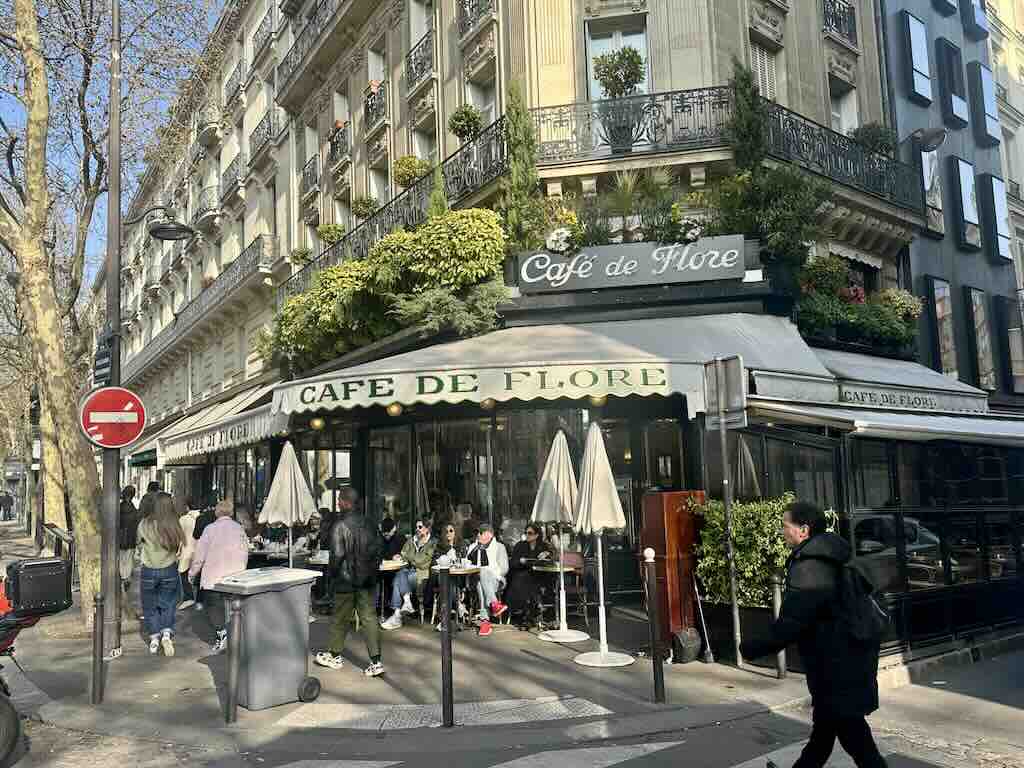
Saint-Germain-des-Prés Church: One of Paris’ Oldest Churches
At the heart of the neighborhood stands the Église de Saint-Germain-des-Prés, the oldest church in Paris. It was indeed originally founded in the 6th century. With its Romanesque architecture, medieval frescoes, and Gothic elements, this historic church has witnessed the transformation of Paris over more than a thousand years. Inside, visitors can admire beautiful stained glass windows, ancient tombs, and an aura of quiet serenity amidst the bustling district.
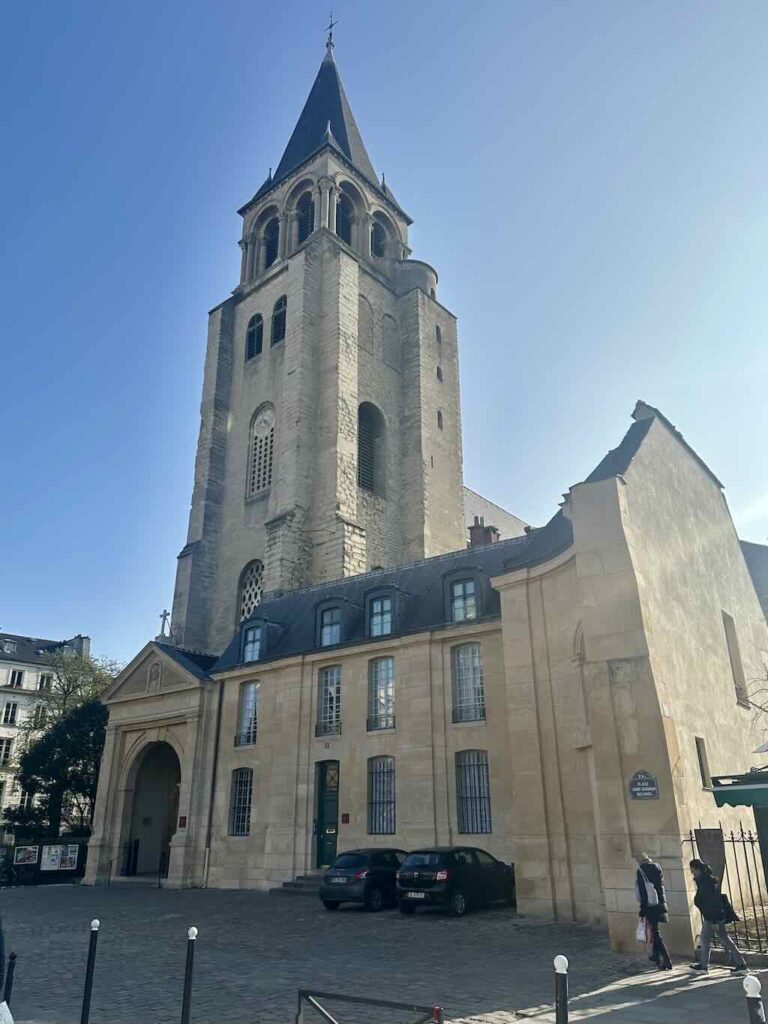
Literary Landmarks: A Book Lover’s Paradise
Saint-Germain-des-Prés has long been a center of literary excellence, home to prestigious publishing houses and some of the world’s most famous bookstores.
- Shakespeare & Company. This legendary English-language bookstore has been a haven for writers since the days of F. Scott Fitzgerald and James Joyce. The tradition continues today, even if you will probably see more tourists than litterature fans.
- L’Écume des Pages – A beloved late-night bookstore filled with a carefully curated selection of French and international literature.
A Vibrant Art Scene: Galleries and Exhibitions
Art has always been an integral part of Saint-Germain-des-Prés, with a thriving gallery scene showcasing both contemporary and classical works. The neighborhood is dotted with independent galleries, hidden courtyards, and prestigious art institutions, making it a must-visit for art enthusiasts.
Montparnasse: Paris’ Artistic & Bohemian Past (6th Arrondissement & Beyond)
A Neighborhood of Creativity and Intellectualism
Montparnasse, straddling the border between the 6th, 14th, and 15th arrondissements, has long been a haven for artists, writers, and intellectuals. In the early 20th century, it rivaled Montmartre as the beating heart of Parisian bohemian life. Names like Pablo Picasso, Amedeo Modigliani, Henry Miller, and Anaïs Nin walked these streets, frequenting the area’s legendary cafés and studios. Even today, Montparnasse maintains its artistic and literary spirit, offering visitors a mix of history, culture, and modern vibrancy.
Montparnasse Tower: The Best Panoramic View of Paris
The Montparnasse Tower (Tour Montparnasse) is one of the few skyscrapers in the city. Its brutalist architecture contrasts with the elegance of Haussmannian Paris. But its observation deck offers one of the most breathtaking panoramic views of the city.
- The 56th-floor terrace provides an unobstructed 360-degree view of Paris, including the Eiffel Tower, Sacré-Cœur, Notre-Dame, and the Seine.
- Unlike the Eiffel Tower, there are no long lines, making it an easier and more relaxed way to take in the city’s skyline.
- If you want an unforgettable experience, visit at sunset when the city lights begin to glow, turning Paris into the City of Light in its truest form.
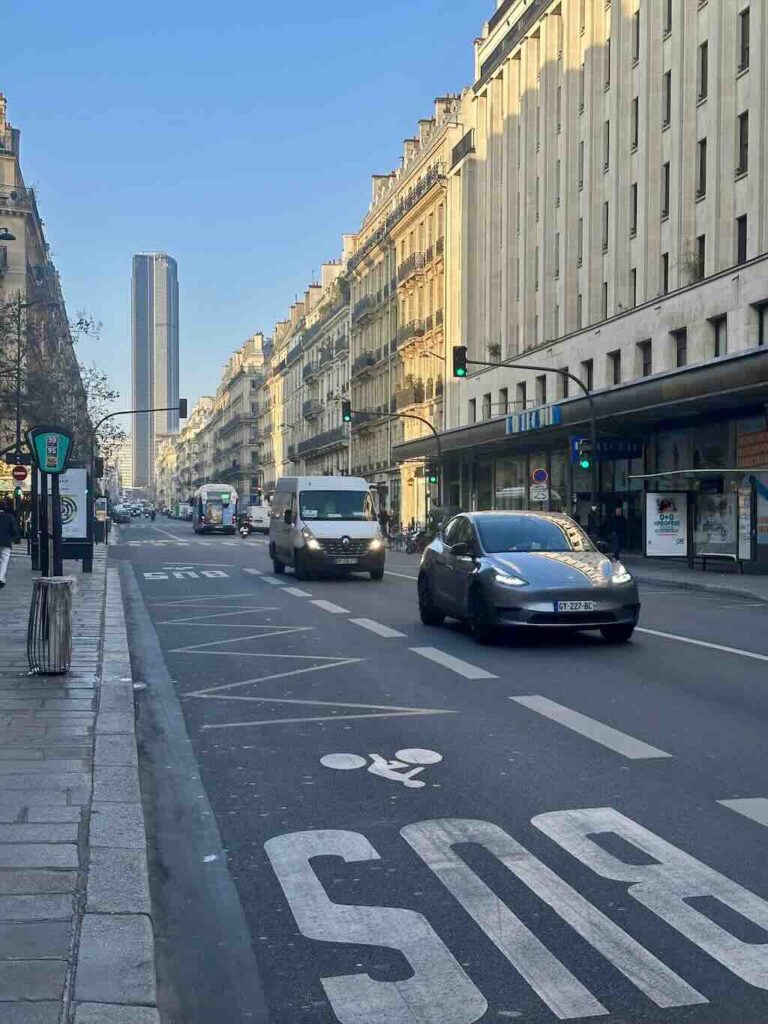
Montparnasse Cemetery: A Place of Reflection & History
Montparnasse Cemetery (Cimetière du Montparnasse) is one of the most famous cemeteries in Paris. It is the final resting place for many of the great minds who shaped modern literature, philosophy, and the arts. This cemetery also holds a personal significance for me, as my father is buried here. Walking through the tree-lined paths, visitors can find beautifully sculpted tombs and poignant epitaphs honoring some of history’s most influential figures.
- Jean-Paul Sartre & Simone de Beauvoir – The legendary existentialist philosophers, buried side by side, remain a symbol of intellectual partnership and love.
- Samuel Beckett – The Nobel Prize-winning playwright behind Waiting for Godot rests here in a simple yet deeply meaningful grave.
- Charles Baudelaire – The poet of Les Fleurs du Mal, known for his dark, evocative verses.
- Serge Gainsbourg – The provocative French musician and songwriter, whose grave is often decorated with fan tributes.
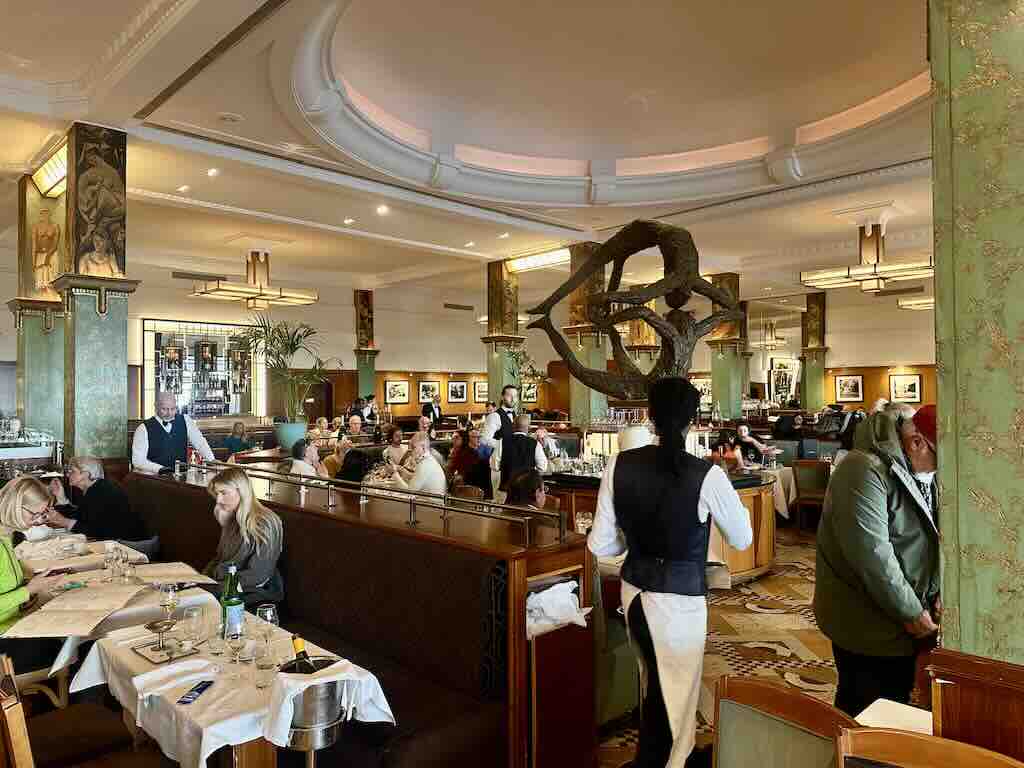
Montparnasse’s Artistic Legacy: The Heart of Bohemian Paris
During the 1920s and 1930s, Montparnasse was the epicenter of the avant-garde movement, attracting artists, poets, and philosophers from all over the world. The district’s cheap rents and vibrant nightlife made it a melting pot of creativity.
Legendary Cafés & Brasseries of Montparnasse
Like Saint-Germain-des-Prés, Montparnasse was home to iconic cafés where artists and intellectuals gathered to discuss philosophy, politics, and art over absinthe and espresso. Many of these historic spots still exist today:
- La Coupole. Once the favorite haunt of Hemingway, Picasso, and Man Ray, this grand Art Deco brasserie remains an institution in Montparnasse.
- Le Dôme. A historic café where Henry Miller, Modigliani, and Anaïs Nin once spent their nights debating and creating.
- Le Select. A literary hotspot where F. Scott Fitzgerald and Ernest Hemingway found inspiration for their works.
- La Rotonde. A beloved meeting place for artists of the École de Paris, known for its warm atmosphere and deep cultural roots.
Montparnasse’s Artistic Soul Today
Though it may no longer be the bohemian epicenter it once was, Montparnasse still celebrates its artistic heritage through its galleries, theaters, and cultural spaces. The Fondation Cartier pour l’Art Contemporain showcases cutting-edge contemporary art. While the Théâtre de la Gaîté-Montparnasse continues the tradition of Parisian performing arts.
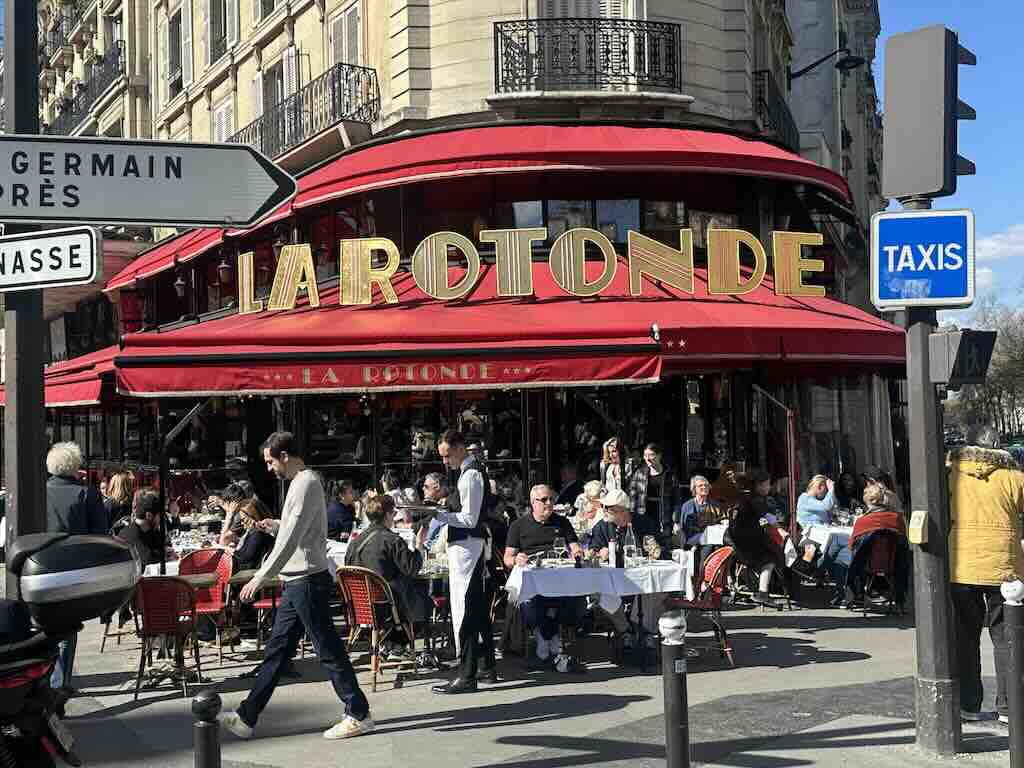
The Paris Catacombs & Observatoire de Paris (5th Arrondissement)
A Haunting Journey Through History
The Paris Catacombs offer one of the city’s most haunting yet fascinating experiences. Hidden beneath the streets, this underground ossuary stretches for miles, holding the remains of over six million Parisians. Originally created in the late 18th century when Paris’ cemeteries became overcrowded, the Catacombs repurposed abandoned limestone quarries as a resting place for the dead.
Today, visitors can explore a small section of this vast network, where walls of carefully arranged bones form eerie yet striking patterns. Inscriptions and poetic verses carved into the stone remind visitors of the fleeting nature of life. One of the most famous warnings at the entrance reads: “Arrête! C’est ici l’empire de la mort.” (Stop! This is the empire of death.) The tunnels are cool and humid, adding to the mysterious, almost surreal atmosphere. All this makes the Catacombs an unforgettable part of Paris’ history.
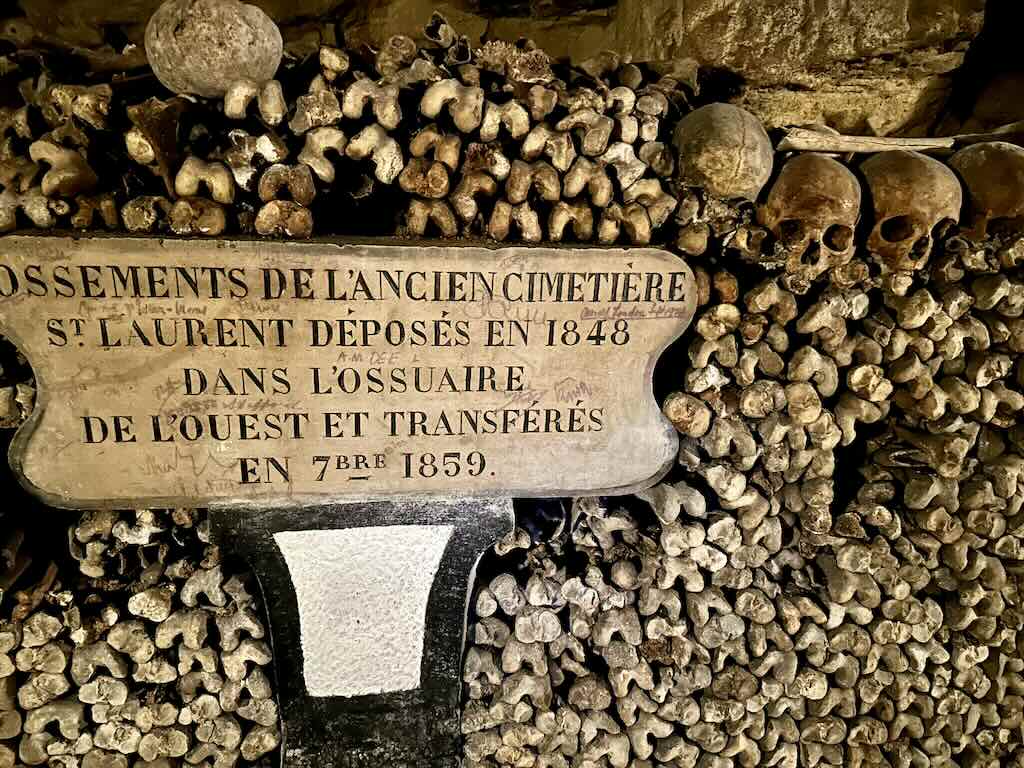
Observatoire de Paris: A Gateway to the Stars
Not far from this underground world stands the Observatoire de Paris. It is one of the oldest astronomical observatories in the world. Founded in 1667 under King Louis XIV, it has played a crucial role in astronomical discoveries.
Designed by architect Claude Perrault, who also worked on the Louvre, the observatory was once home to the historic meridian line that guided maps before the Greenwich Meridian replaced it in the 19th century. While it remains an active research institution, occasional guided tours allow visitors to step inside and discover centuries-old telescopes, archives, and observation rooms.
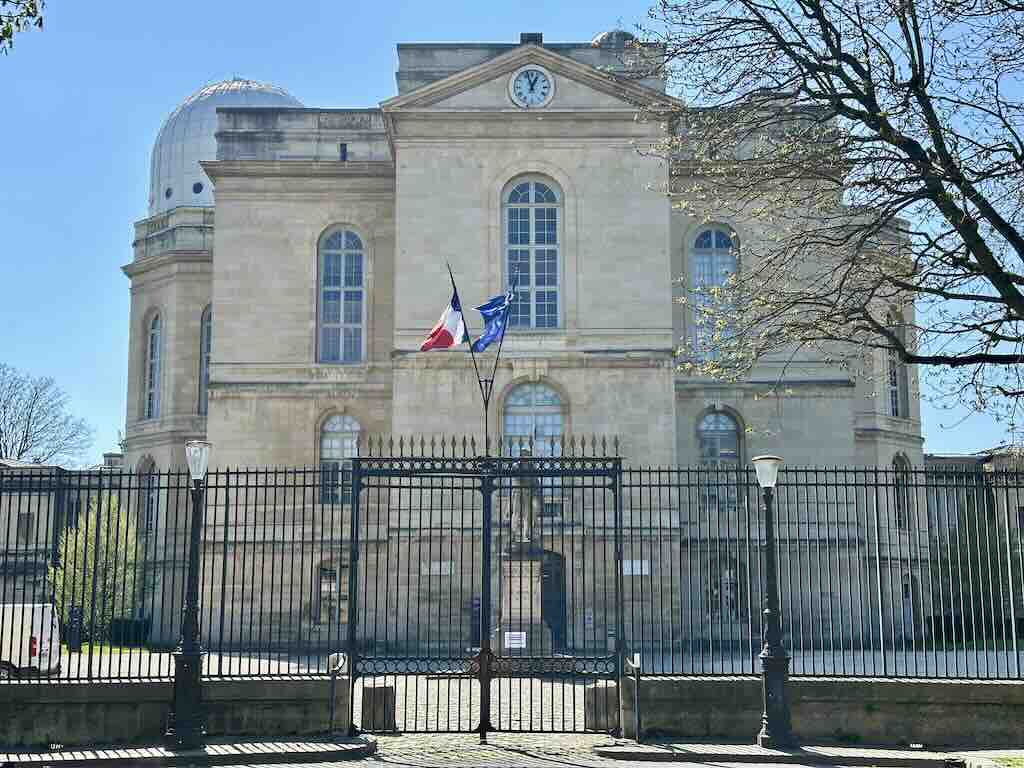
Where to Eat: Best Restaurants, Cafés & Bakeries
The 5th and 6th arrondissements are home to some of the most charming and historic dining spots in Paris.
Best restaurants
One of the best areas to explore for dining is Odéon and Carrefour de Buci. There, the streets are lined with lively brasseries, wine bars, and traditional bistros. A must-visit here is Le Procope, the oldest café in Paris, dating back to 1686. Once a gathering place for Voltaire, Rousseau, and even Napoleon, it continues to serve classic French dishes in an elegant, historical setting. Just steps away, the surrounding cafés and restaurants spill out onto the sidewalks, making it a perfect spot for people-watching with a glass of wine in hand.
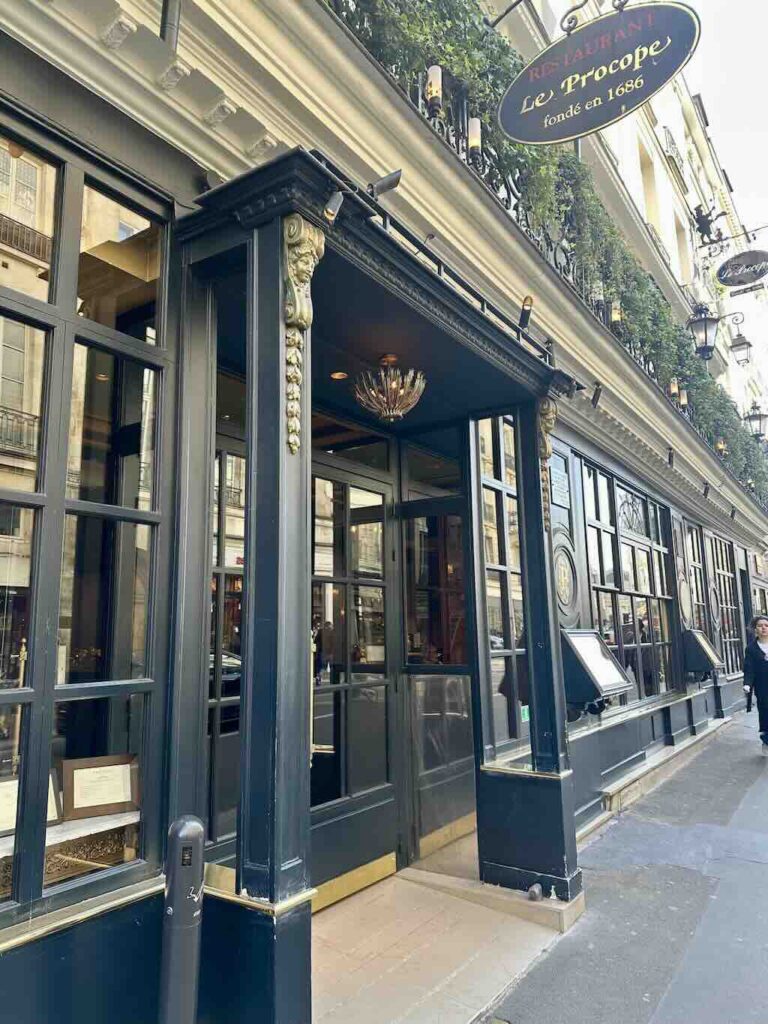
Best cafés
In Saint-Germain-des-Prés, the café culture is legendary. No visit to this neighborhood would be complete without stopping at Café de Flore or Les Deux Magots, the two most famous literary cafés. These establishments maintain their timeless charm, serving traditional French fare in an atmosphere that feels frozen in time.
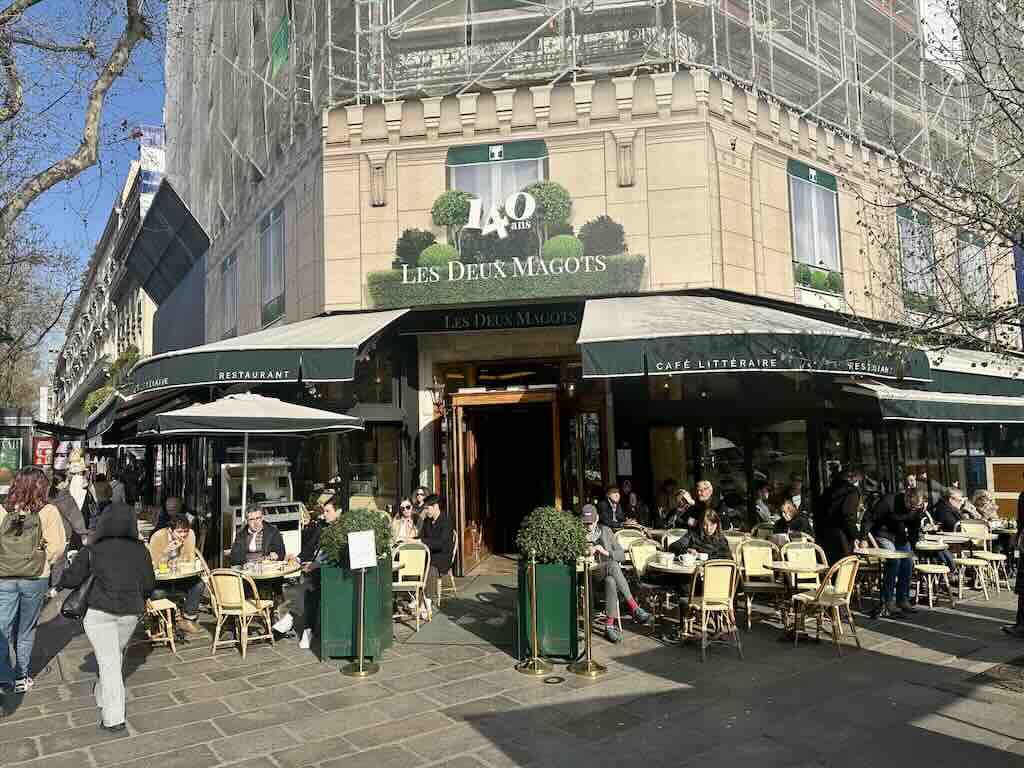
Best brasserie
For an old-world brasserie experience, head towards Montparnasse, an area known for its artistic and literary heritage. Here, you’ll find La Closerie des Lilas, an iconic brasserie where Hemingway, Fitzgerald, and other writers once gathered. The setting, with its lush terrace and classic Belle Époque decor, is magical. But the highlight for me is their steak tartare, the best I have ever eaten in Paris. The impeccable preparation and fresh ingredients make it a dish worth returning for.
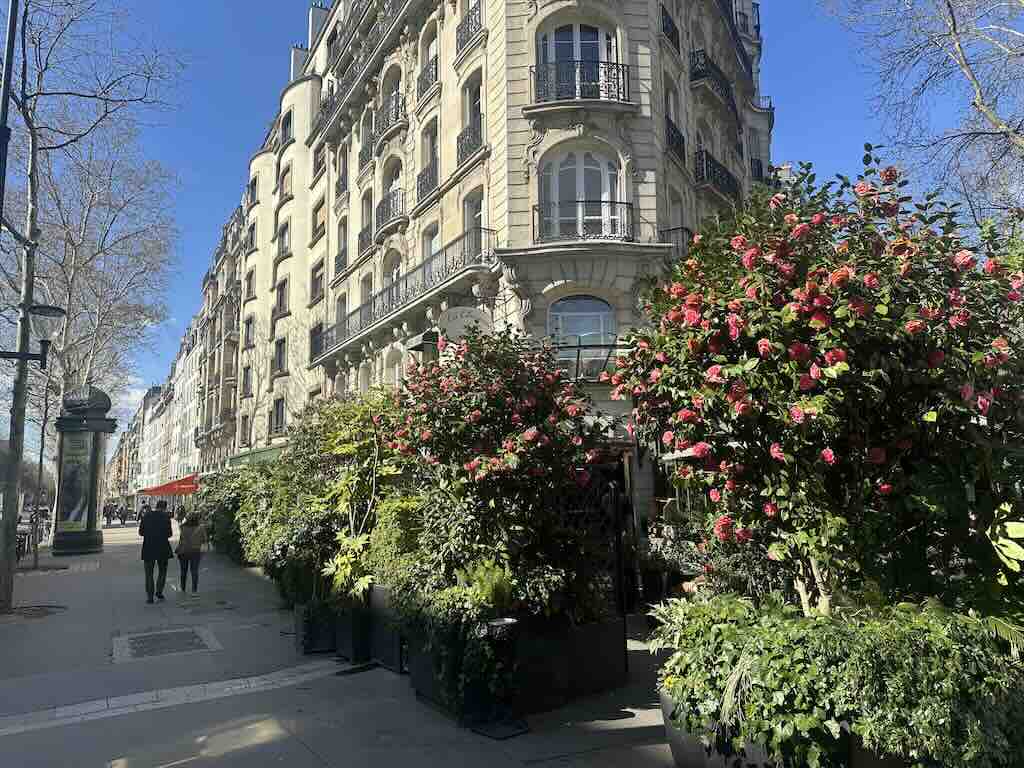
Place de la contrescarpe
Another wonderful dining hub is Place de la Contrescarpe. This charming square in the heart of the Latin Quarter is known for its lively atmosphere and relaxed cafés. This area is ideal for a casual meal or an apéro in a true Parisian setting, away from the tourist crowds. The surrounding streets, such as Rue Mouffetard, are home to traditional bistros, crêperies, and bakeries. You will enjoy there simple yet delicious French cuisine.
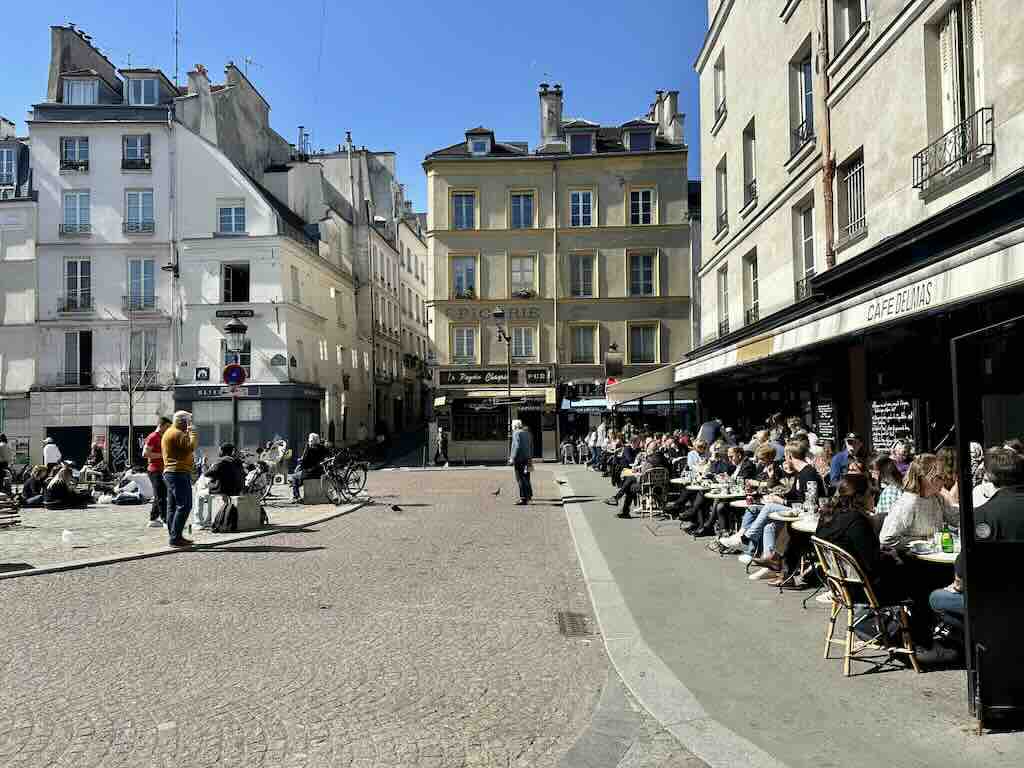
Nightlife & Bars: Where to Go for an Evening Out
When the sun sets, the 5th and 6th arrondissements come alive with an exciting mix of elegant cocktail lounges, historic cabarets, and lively bars.
Alcazar
For those in search of a chic and stylish atmosphere, Alcazar in Saint-Germain-des-Prés is a top choice. Once a legendary cabaret, it has been transformed into a trendy restaurant and bar with a stunning mezzanine lounge. The dim lighting, plush decor, and expertly crafted cocktails create a vibrant yet intimate setting. Perfect for a relaxed yet glamorous evening, the weekend DJ sets add to the electric energy, making it a great spot for cocktails.
Paradis Latin
For a classic Parisian cabaret experience, Paradis Latin is a must-visit. Located on the edge of the Latin Quarter, this historic venue offers a mesmerizing spectacle of dazzling costumes, acrobatics, and lively performances. The mix of traditional French cabaret with modern choreography creates an unforgettable show. Enjoy a glass of Champagne or an awesome dinner as you soak in the electrifying performances.
Jazz clubs
For jazz lovers, the 6th arrondissement is home to some of Paris’ most legendary jazz clubs. Le Caveau de la Huchette, tucked away in a medieval basement in the Latin Quarter, has been a staple of the Paris jazz scene since the 1940s. The vintage atmosphere, live swing music, and enthusiastic dancers transport you to another era. Another standout, on the other bank of the Seine river, is Duc des Lombards, It is a sophisticated jazz club that hosts world-class musicians in an intimate setting, perfect for a night of exceptional live music.
